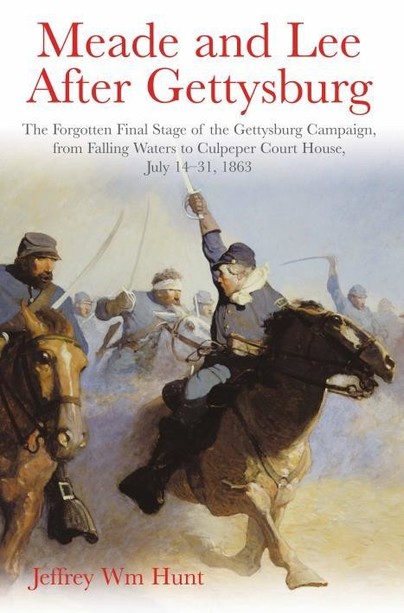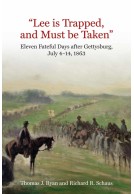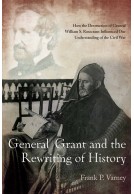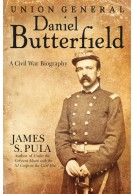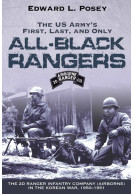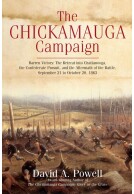Meade and Lee After Gettysburg (Paperback)
The Forgotten Final Stage of the Gettysburg Campaign, from Falling Waters to Culpeper Court House, July 14–31, 1863
Imprint: Savas Beatie
Pages: 312
Illustrations: 35 images, 16 maps
ISBN: 9781611214451
Published: 28th May 2022
Pages: 312
Illustrations: 35 images, 16 maps
ISBN: 9781611214451
Published: 28th May 2022
You'll be £13.95 closer to your next £10.00 credit when you purchase Meade and Lee After Gettysburg. What's this?
+£4.99 UK Delivery or free UK delivery if order is over £40
(click here for international delivery rates)
Order within the next 8 hours, 20 minutes to get your order processed the next working day!
Need a currency converter? Check XE.com for live rates
(click here for international delivery rates)
Order within the next 8 hours, 20 minutes to get your order processed the next working day!
Need a currency converter? Check XE.com for live rates
Jeffrey Hunt’s Meade and Lee After Gettysburg: The Forgotten Final Stage of the Gettysburg Campaign, from Falling Waters to Culpeper Court House, July 14-31, 1863 exposes for Civil War readers what has been hiding in plain sight for 150 years: The Gettysburg Campaign did not end at the banks of the Potomac on July 14, but deep in central Virginia two weeks later along the line of the Rappahannock.Contrary to popular belief, once Robert E. Lee’s Army of Northern Virginia slipped across the swollen Potomac back to Virginia the Lincoln administration pressed George Meade to cross quickly in pursuit—and he did. Rather than follow in Lee’s wake, however, Meade moved south on the east side of the Blue Ridge Mountains in a cat-and-mouse game to outthink his enemy and capture the strategic gaps penetrating the high wooded terrain. Doing so would trap Lee in the northern reaches of the Shenandoah Valley and potentially bring about the decisive victory that had eluded Union arms north of the Potomac.The two weeks that followed was a grand chess match with everything at stake—high drama filled with hard marching, cavalry charges, heavy skirmishing, and set-piece fighting that threatened to escalate into a major engagement with the potential to end the war in the Eastern Theater. Throughout, one thing remains clear: Union soldiers from private to general continued to fear the lethality of Lee’s army.Meade and Lee After Gettysburg, the first of three volumes on the campaigns waged between the two adversaries from July 14 through the end of 1863, relies on Official Records, regimental histories, letters, newspapers, and other sources to provide a day-by-day account of this fascinating highstakes affair. The vivid prose, coupled with original maps and outstanding photographs, offers a significant contribution to Civil War literature.Thanks to Hunt these important two weeks—until now overshadowed by the battle of Gettysburg and almost completely ignored by writers of Civil War history—have finally gotten the attention they have long deserved. Readers will never view the Gettysburg Campaign the same way.
Other titles in Savas Beatie...







